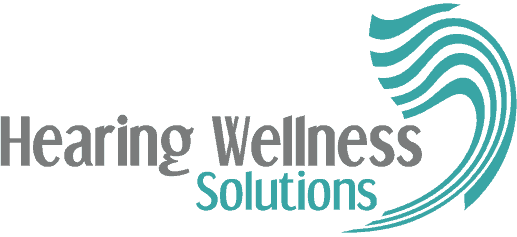Most of us will experience hearing loss at some point in our lives. If you’ve noticed you’re not hearing as well as you used to and you’re ready to get a set of hearing aids, good for you! Hearing aids help us avoid the pitfalls that untreated hearing loss can bring, and allow us to enjoy life the way we’re used to.
First, a Hearing Test
When you walk in the door, you will be asked to fill out a questionnaire covering your hearing concerns, medical history, family medical history, and aspects of your lifestyle. This helps us get a better understanding of your needs.
Before discussing hearing aids, your hearing care professional will administer a hearing test. This helps to establish a baseline for your hearing ability going forward, and determines how your hearing aids will need to be programmed. It also provides an opportunity for your hearing care professional to discover any causes of hearing loss that may be treatable, and to refer you to an appropriate medical doctor. Hearing tests are completely painless and take about 30 minutes.
Hearing Aid Consultation
If it is determined that you have hearing loss that warrants the use of hearing aids, the next step will be a discussion about your particular hearing loss. The hearing tests your hearing care professional will have administered can provide a lot of insight into the nature and even causes of your hearing loss. This is a good time for you to ask questions about your hearing loss and the best steps going forward. Let’s take a look at some of the questions you might want to ask during your consultation.
What sort of hearing loss do I have?
There are two main types of hearing loss: sensorineural and conductive. Sensorineural is the most common type, in which the delicate stereocilia in the inner ear are damaged and no longer function properly. Conductive hearing loss means that something is wrong in the pathway that mechanical sound takes to reach your inner ear. This could be as simple as impacted earwax (which your hearing care professional would discover prior to administering your hearing test), or as complicated as a malformed bone in your middle ear. Conductive hearing loss is often curable through earwax removal or surgery. You might also have “mixed” hearing loss, which is a combination of both types.
Will I need a hearing aid for each ear?
Much in the way that one of your feet may be slightly larger than the other, or your eyeglasses prescription may not be the same for both eyes, your hearing ability will likely differ from ear to ear. It is important for our hearing ability that both ears collect as much information as possible. In fact, our left ear tends to be better at interpreting moods and music, while the right ear tends to be better at deciphering language. The combination is important to the way we interpret the world through sound.
If one of your ears hears in the normal range but the other does not, it may be alright to wear one hearing aid. But if both ears have mild-or-greater hearing loss, it is important to wear a hearing aid in each ear.
Which hearing aid is best for me?
There are a number of types of hearing aids to suit different needs and lifestyles. Phonak even makes one you can wear underwater! While just about any hearing aid will work for mild-to-moderate hearing loss, more severe hearing loss is treatable only with BTE (behind the ear) models. Your hearing care professional will go over the different types of hearing aids with you to help determine the best fit based on the kinds of activities you’ll be engaged in, as well as budget concerns.
How long will it take to adjust to my new hearing aids?
Everyone’s adjustment period is a little different, but in general, the less severe your hearing loss is at the time you start wearing hearing aids, the easier it will be to adjust to them. Your hearing care professional will also be available to help with fitment adjustments as needed, even after you leave the office, so your hearing aids will be as comfortable and effective as possible.
There’s a lot of information out there to consider when it comes to new hearing aids. You may wish to bring a “buddy” with you to your consultation and fitting, as two heads tend to remember more than one! It can help to do a little research in advance and familiarize yourself with some of the things you can expect to hear about, such as the different styles of hearing aids, and the advantages and drawbacks of each of them.
The most important thing to remember is that treating hearing loss is the best thing you can do for your health and well-being, once hearing loss becomes an issue. You’re taking an important step on your journey toward better hearing, so congratulations!

